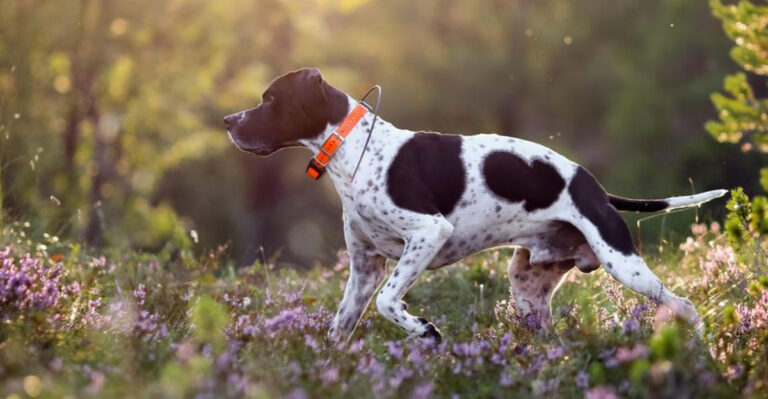18 Key Lessons For Your Newly Adopted Rescue Dog
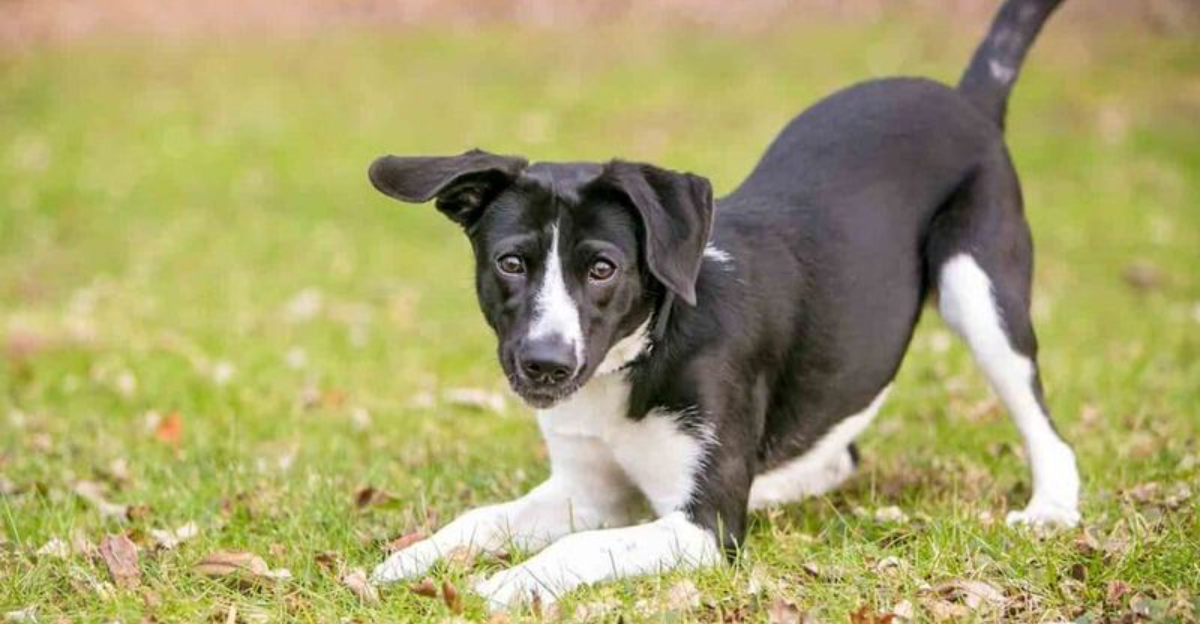
Bringing a rescue dog home marks the beginning of a beautiful journey filled with tail wags, sloppy kisses, and unforgettable memories.
These furry friends often come with emotional baggage from their past experiences. Learning how to communicate, build trust, and establish routines will help your new companion adjust to family life and thrive in their forever home.
1. Patience Creates Trust
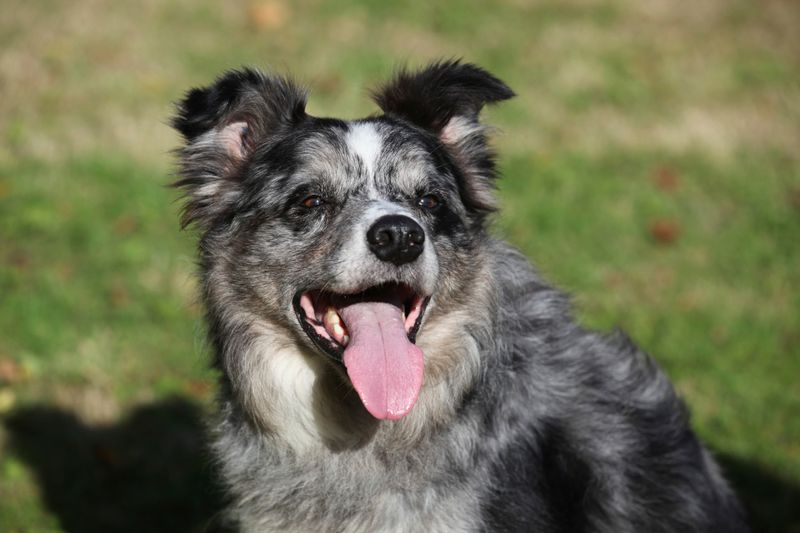
Your rescue pup needs time to adjust. Their world just turned upside down, and everything feels strange and new.
Rush nothing. Let them explore at their own pace, offering gentle encouragement without pressure. Small victories like taking food from your hand deserve celebration.
2. Create A Safe Haven
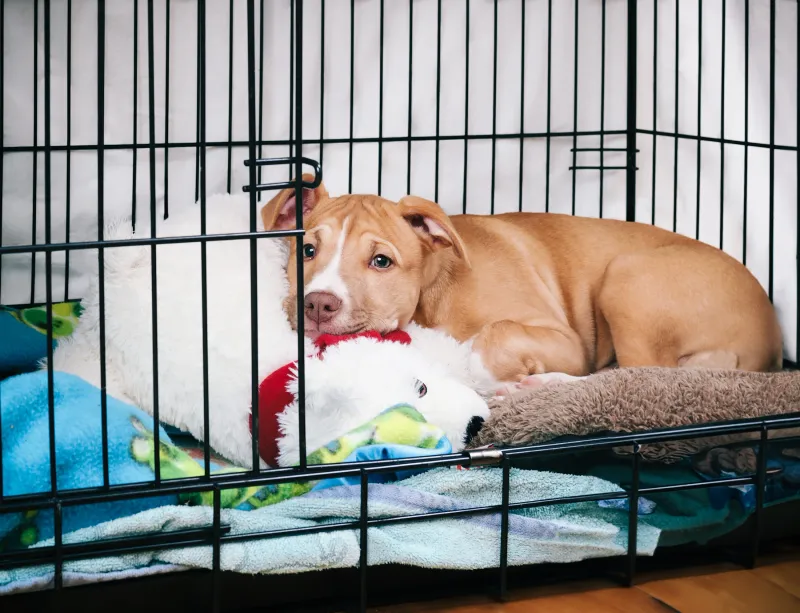
Every dog craves a sanctuary. Set up a quiet corner with a cozy bed, familiar-smelling blanket, and a few toys.
This personal space becomes their retreat when life feels overwhelming. Never disturb them in this special zone – it’s their private territory where they can decompress.
3. Consistency Calms Chaos

Predictable routines anchor anxious hearts. Feed, walk, and play at similar times each day to establish a rhythm your rescue dog can count on.
When they know what comes next, their stress melts away. Even small deviations can trigger insecurity in the beginning. Stable schedules create a foundation that helps them feel secure in their new world.
4. Reward-Based Training Works Wonders
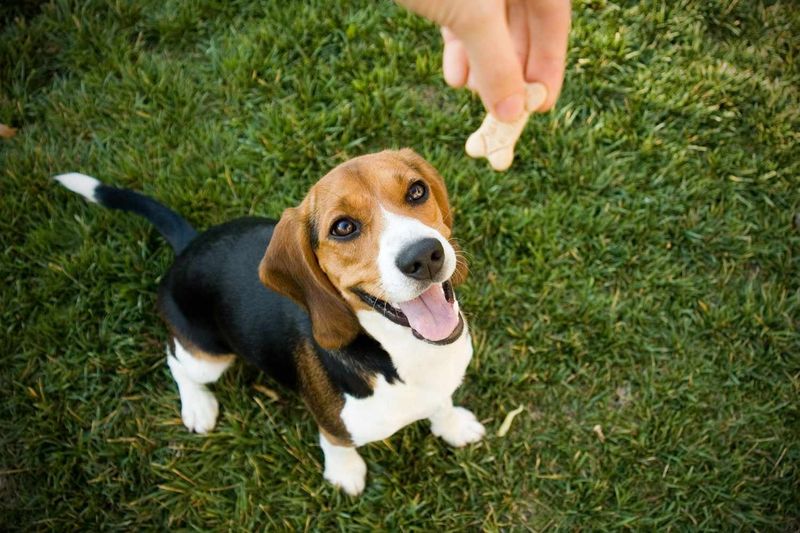
Forget old-school discipline methods! Your rescue friend responds best to positive reinforcement.
Treats, praise, and affection when they do something right creates lasting behavior changes. Their eyes light up with understanding as they connect good actions with happy outcomes.
5. Body Language Speaks Volumes

Dogs read your movements like an open book. Crouching makes you less intimidating, while direct staring can feel threatening to them.
Soft eyes, relaxed shoulders, and sideways approaches signal friendship. Watch their signals too – tucked tails, whale eye (showing whites), or freezing indicate discomfort.
6. Socialization Requires Baby Steps
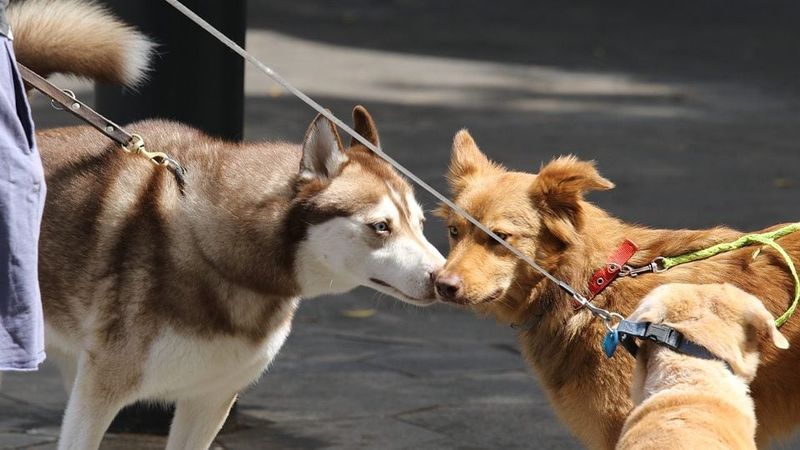
Meeting new faces can overwhelm your rescue companion. Start with calm, dog-savvy visitors who respect boundaries and avoid crowding.
Gradually introduce different people, places, and friendly dogs in controlled settings. Watch for stress signals like excessive panting or avoidance.
Back up if overwhelmed, then try again more slowly. Each positive encounter builds their social confidence.
7. Unexpected Noises Need Desensitization
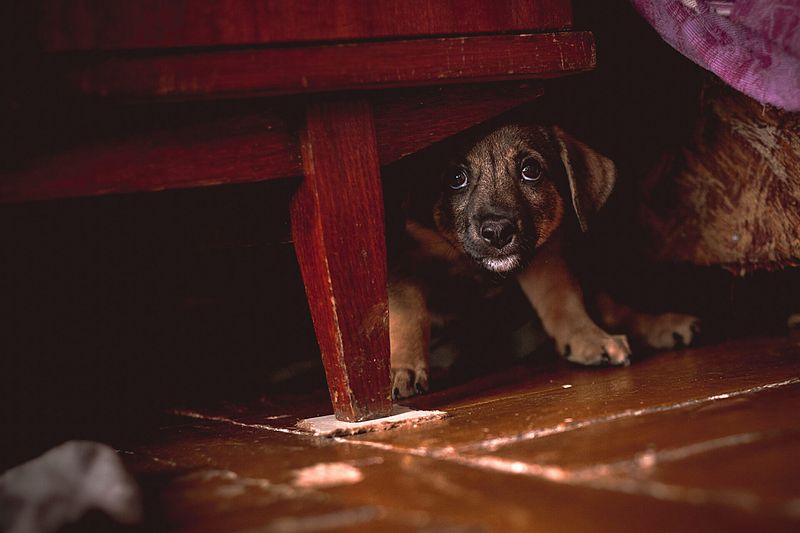
Vacuum cleaners, thunderstorms, or slamming doors might trigger panic in your rescue friend. Their past may include frightening sound associations.
Counter-condition by pairing mild versions of scary noises with delicious treats. Gradually increase volume as comfort grows.
8. Car Rides Require Reframing
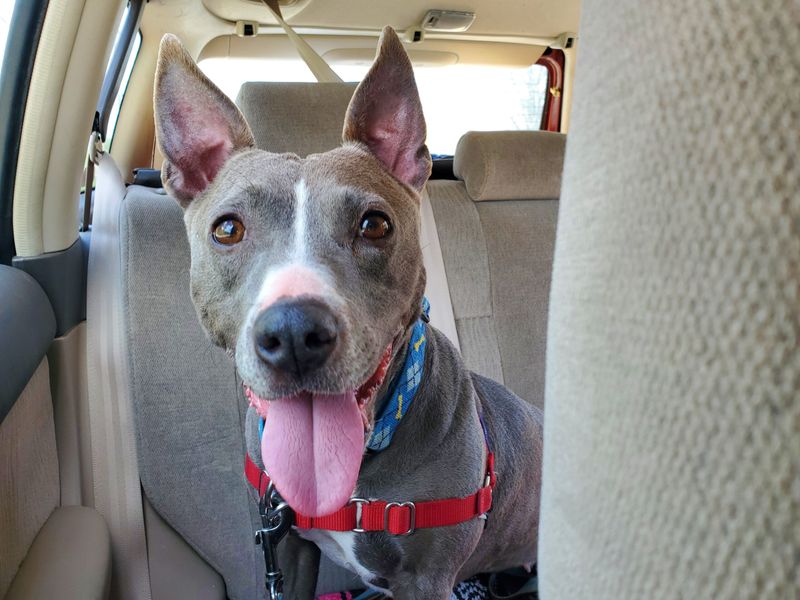
Many rescue dogs associate vehicles with shelter trips or abandonment. Transform this perception by making the car a treat dispensary first!
Sit together inside the parked car, offering high-value goodies. Progress to short drives ending at fun destinations like parks.
9. Separation Anxiety Needs Gradual Training
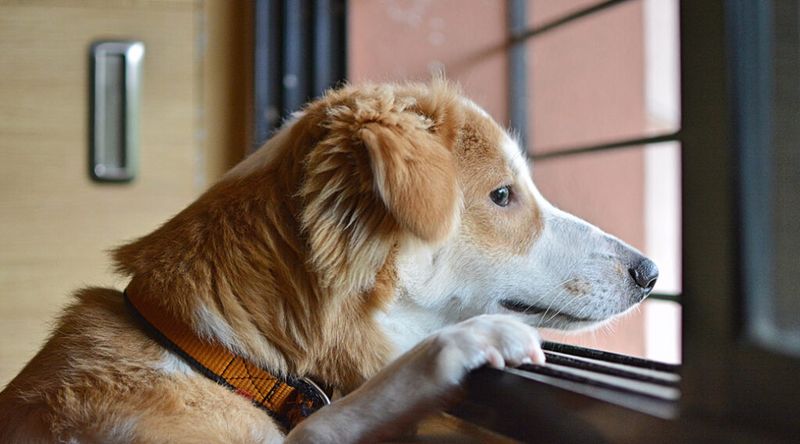
Being left alone terrifies many rescue dogs. Their abandonment history makes your departures especially frightening.
Practice brief absences first – just seconds in another room. Gradually extend time away, keeping departures and returns low-key.
10. Leash Skills Develop Through Patience
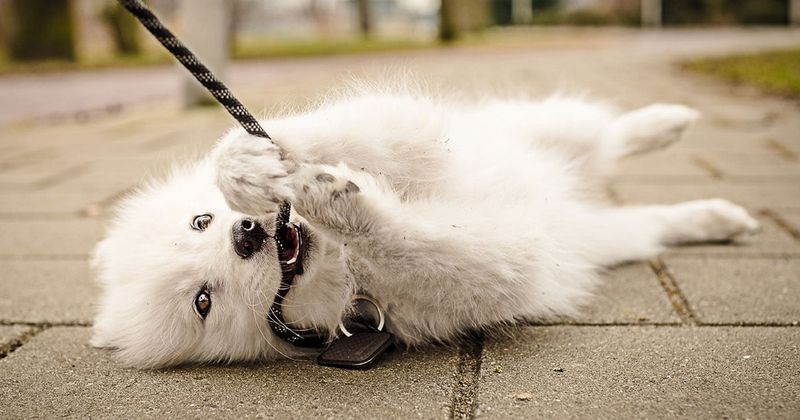
Walking nicely beside you might be completely foreign to your rescue companion. Some never learned leash manners; others developed pulling habits from previous experiences.
Start in distraction-free areas using tasty treats positioned at your side. Reward every moment of loose-leash walking.
11. Resource Guarding Requires Management
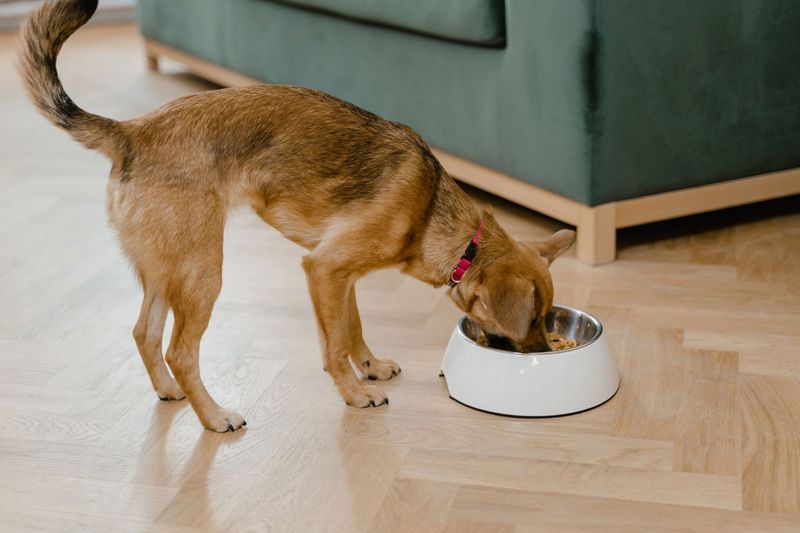
Some rescue dogs fiercely protect food, toys, or sleeping spots due to past scarcity. Never punish growling – it’s their warning system.
Instead, practice trading games: offer something better when taking items away. Feed in private places to reduce mealtime stress.
12. Vet Visits Can Be Positive
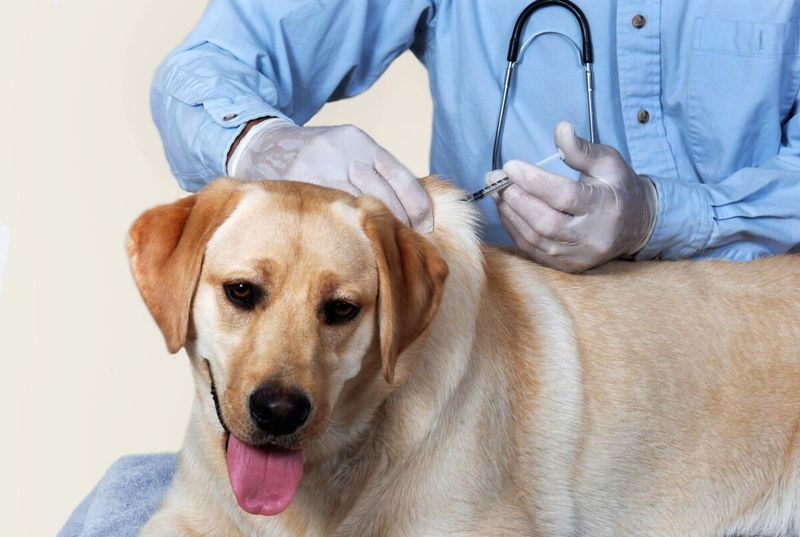
Medical examinations often trigger anxiety in rescue dogs with unknown veterinary histories. Transform these experiences through preparation.
Make practice visits just for treats and petting. Touch paws, ears, and mouth at home, rewarding cooperation.
13. Crate Training Offers Security
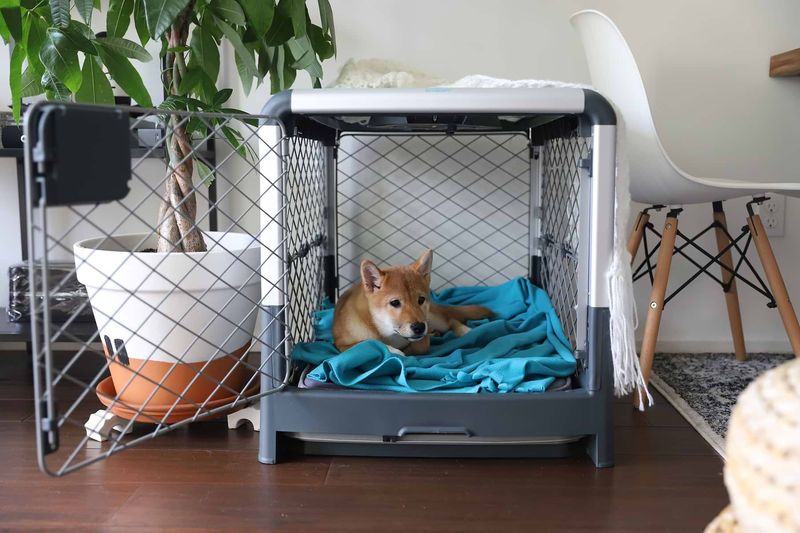
A properly introduced crate becomes your rescue dog’s personal bedroom, not a prison. Make it inviting with soft bedding and special toys.
Feed meals inside with the door open initially. Gradually close the door for increasing periods, always keeping experiences positive.
14. Housetraining Requires Clear Communication
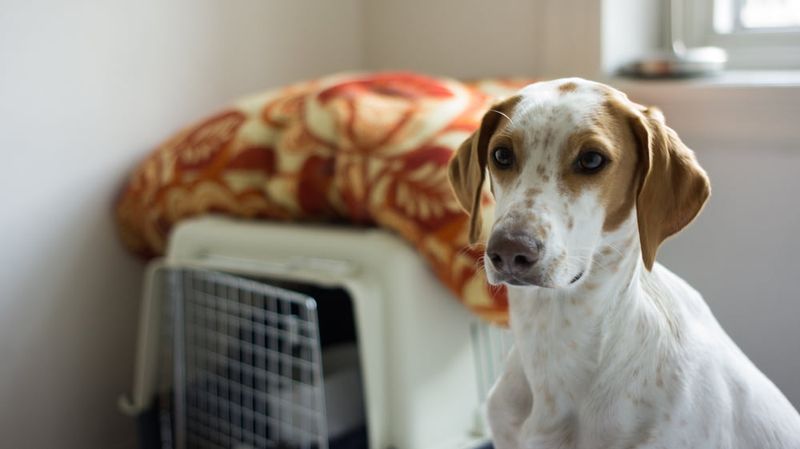
Even adult rescue dogs may have accidents indoors while learning your household routine. Take them out frequently, especially after sleeping, eating, and playing.
Celebrate outdoor success with quiet praise and treats. Accidents happen – clean thoroughly without punishment to prevent repeat marking.
15. Barking Has Meaning

Your rescue dog’s barks can reveal a lot about their emotions. Anxious barking sounds different from alert or attention-seeking barks.
Pay attention to triggers – do they bark at strangers, when left alone, or for attention? Redirect anxiety with training games, use “quiet” commands with treats, and focus on solving the root cause instead of just silencing the noise.
16. Mental Stimulation Prevents Problems
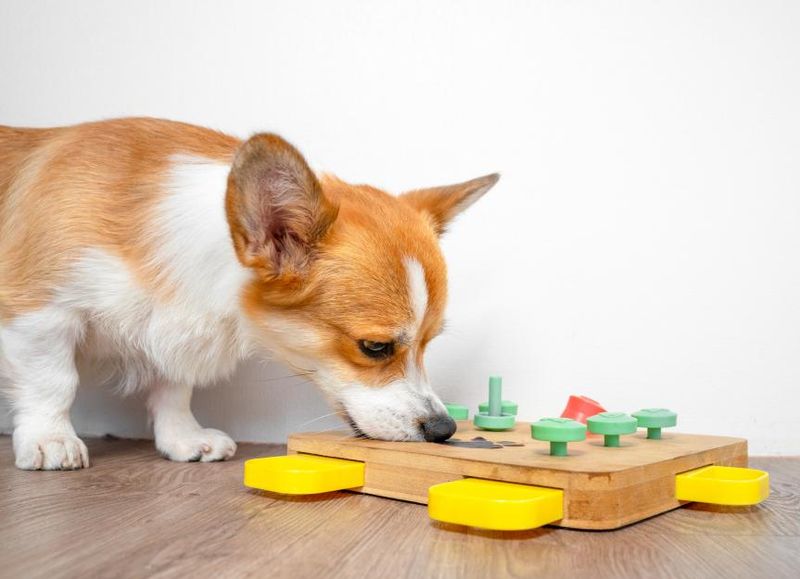
Bored rescue dogs become destructive dogs. Their smart brains need regular challenges beyond physical exercise.
Puzzle toys, snuffle mats, and training games provide productive outlets for mental energy. Hide treats around the house for “find it” games that tap into natural foraging instincts.
17. Children Need Dog-Interaction Education
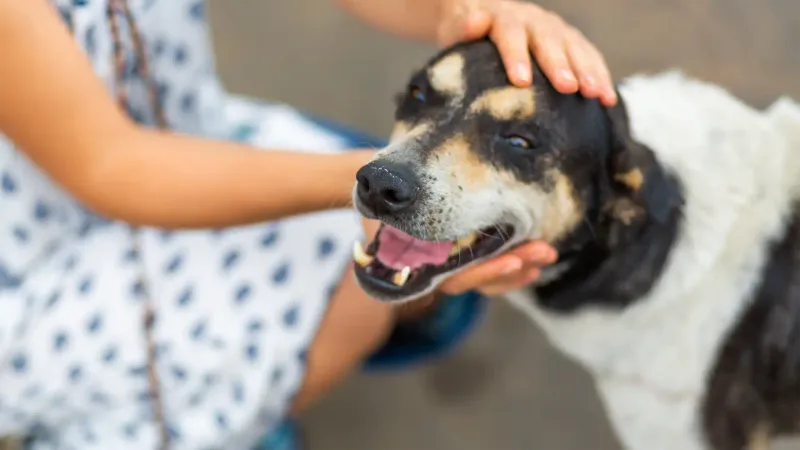
Kids and rescue dogs can form magical bonds, but children must learn proper interaction skills. Teach them to respect sleeping dogs, avoid hugging (many dogs hate this!), and recognize stress signals.
Supervise all interactions closely at first. Show children how to offer treats with flat palms.
18. Professional Help Isn’t Failure

Some rescue dogs face complex challenges from their past experiences. Seeking a certified positive-reinforcement trainer shows commitment, not weakness.
Trainers spot subtle issues you might miss and create customized plans for your specific situation. They teach you skills to continue progress.

